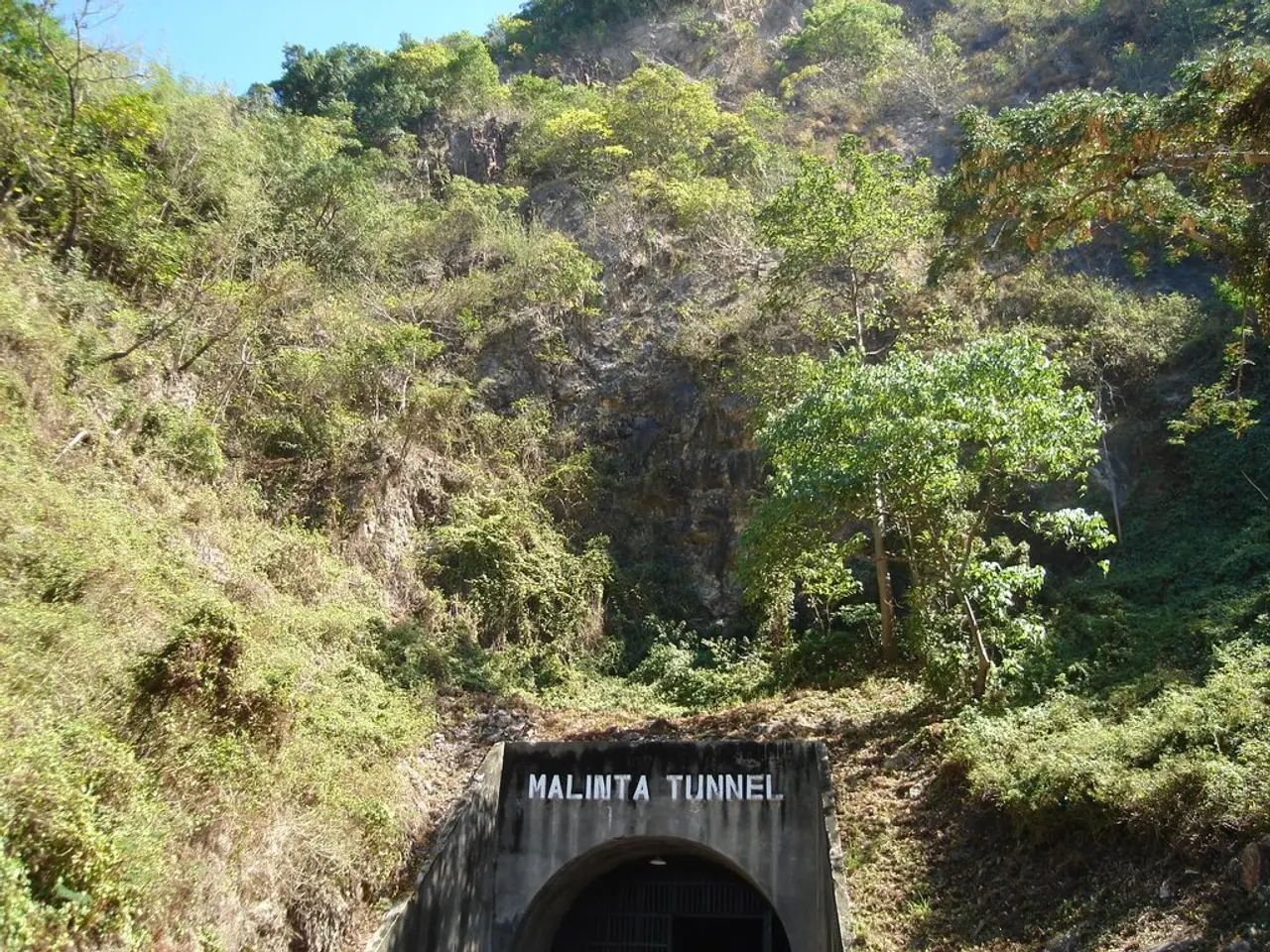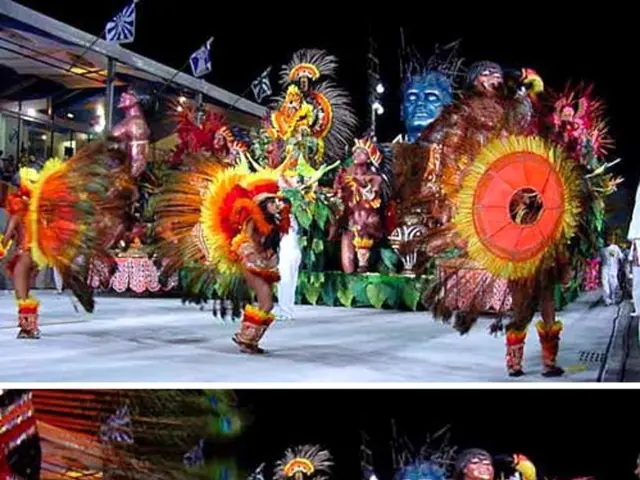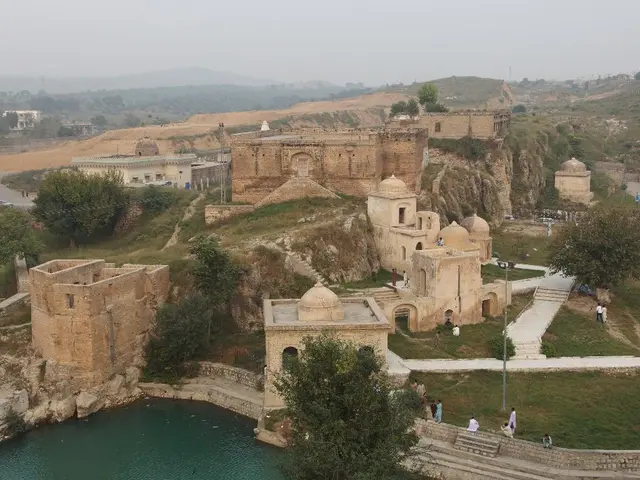Enigma Surrounding the Legendary Place: Shambhala
The enigmatic realms of Agharta and Shambhala have captivated the imagination for centuries, rooted in myth, esoteric traditions, and modern mystical speculation. These hidden kingdoms are often depicted as subterranean or spiritual havens, teeming with enlightened beings and ancient wisdom.
Origins and History
- Agharta, initially conceived as a lost former capital in India, has evolved into a subterranean realm in Western esoteric versions. Some legends claim that Agharta was established approximately 6,000 years ago in the Gobi Desert, following the uninhabitable state of Hyperborea. This legendary city is said to have thrived for about 2,000 years before surviving underground after a cataclysm.
- Shambhala, on the other hand, is a Tibetan Buddhist concept representing a spiritual realm or land of enlightenment. Western esoteric and neo-theosophical writings expanded the idea of Shambhala into an astral or hidden dimension inhabited by a mystical brotherhood working for humanity’s benefit.
The Explorations of Nicholas Roerich
- The Russian artist, explorer, and mystic Nicholas Roerich (1874–1947) is one of the most notable figures associated with the quest for Shambhala. Roerich embarked on several expeditions into Central Asia and the Himalayas in the early 20th century, driven by legends of these hidden realms. Although no concrete evidence of the kingdoms' physical existence was found, Roerich's work popularized the idea within occult and New Age circles.
Connection to Ancient Texts and Predictions
- Shambhala is referenced in some ancient Tibetan and Buddhist texts as a pure land or kingdom that will play a role in future spiritual events. These texts often depict Shambhala more as a symbolic or metaphysical realm than a physical kingdom.
- The wider mythos surrounding Agharta and Shambhala has been linked by some esotericists and secret society lore to prophetic and occult traditions about hidden masters or advanced civilizations guiding humanity’s destiny. However, these claims often mix myth, interpretation, and speculative secret history rather than verifiable evidence.
Current Perceptions
- Agharta is believed by some to have an entrance at Mt. Shasta, where a large, ancient skull face is carved into the side of a cliff.
- Shambhala is considered a spiritual realm, accessible through inner transformation, according to the Dalai Lama.
Although no empirical archaeological or historical evidence confirms Agharta or Shambhala as actual subterranean kingdoms, these narratives continue to captivate the public imagination and inspire explorers and mystics alike. Roerich's expeditions, driven by spiritual and ideological motivations, have left a lasting impact on our understanding of these legendary realms.
[1] Blavatsky, H. P. (1888). The Secret Doctrine. Theosophical Publishing House. [2] Roerich, Nicholas (1929). The Living Ethics. Agni Yoga Society. [4] Obermayer, T. (2013). The Shambhala Myth and the Tibetan Renaissance. Oxford University Press.
In the spirit of exploration and mysticism, one might imagine a blend of lifestyles, resonating with the fashion-and-beauty sensibilities of Nicholas Roerich, as he journeyed through Central Asia and the Himalayas in search of the hidden dimension of Shambhala. Moreover, traveling to the rumored location of Agharta's entrance at Mt. Shasta could potentially offer an intriguing travel destination for enthusiasts seeking a taste of the unusual.




